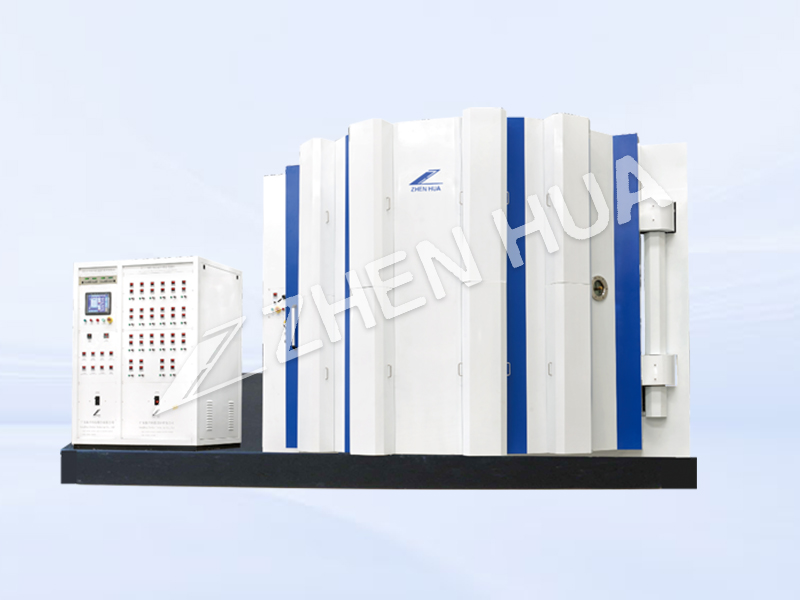① Ion beam assisted deposition technology is characterized by strong adhesion between the film and the substrate, the film layer is very strong. Experiments have shown that: ion beam assisted deposition of adhesion than the adhesion of thermal vapor deposition increased several times to hundreds of times, the reason is mainly due to the ion bombardment on the surface of the cleaning effect, so that the membrane base interface to form a gradient interfacial structure, or hybrid transition layer, as well as to reduce the stress of the membrane.
② Ion beam assisted deposition can improve the mechanical properties of the film, extend the fatigue life, very suitable for the preparation of oxides, carbides, cubic BN, TiB: and diamond-like coatings. For example, in 1Crl8Ni9Ti heat-resistant steel on the use of ion beam-assisted deposition technology to grow 200nm SiN, thin film, not only can inhibit the emergence of fatigue cracks on the surface of the material, but also can significantly reduce the fatigue crack diffusion rate, to extend its life has a good role.
③ Ion beam assisted deposition can change the stress nature of the film and its crystalline structure changes. For example, the preparation of Cr film with 11.5keV Xe + or Ar + bombardment of the substrate surface, found that the adjustment of the substrate temperature, bombardment ion energy, ion and atom arrival ratio and other parameters, can make the stress from tensile to compressive stress, the crystal structure of the film will also produce changes. Under a certain ratio of ions to atoms, the ion beam assisted deposition has better selective orientation than the membrane layer deposited by thermal vapor deposition.
④ Ion beam assisted deposition can enhance the corrosion resistance and oxidation resistance of the membrane. As the ion beam assisted deposition of the membrane layer is dense, the membrane base interface structure improvement or the formation of amorphous state caused by the disappearance of the grain boundary between the particles, which is conducive to the enhancement of the corrosion resistance and oxidation resistance of the material.
Enhance the corrosion resistance of the material and resist the oxidizing effect of high temperature.
(5) Ion beam assisted deposition can change the electromagnetic properties of the film and improve the performance of optical thin films. (6) Ion-assisted deposition allows the growth of various thin films at low temperatures and avoids the adverse effects on materials or precision parts that would be caused by treatment at high temperatures, since the parameters related to atomic deposition and ion implantation can be adjusted accurately and independently, and coatings of a few micrometers with consistent composition can be generated continuously at low bombardment energies.
Post time: Mar-07-2024


